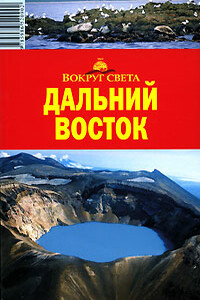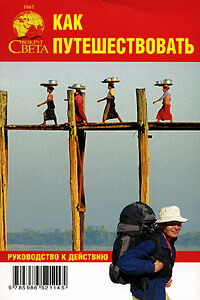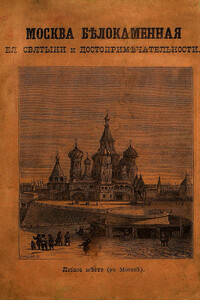Симферопольский клад | страница 12
Under Tatar rule the town of Solhat (now the town of Stary Krym, 23 kilometres west of Feodosia) became the centre of their domains in the peninsula and was renamed Krym. With the passage of time this name was applied to the entire peninsula.
By the end of the 13th century and in the first half of the 14th century the town of Krym (Solhat) already had a considerable population of merchants and craftsmen. The Arabian traveller Ibn-Battuta, who visited the town in 1334, described it as big and attractive. The residence of the Crimean vice-roy, appointed by the khan of the Golden Horde, was in Solhat, the main administrative centre of the entire Crimea. It was the vice-roy's duty to control the collection of tribute from the subjugated population of the peninsula into the khan's treasury.
The Crimea was more than once subjected to devastating raids by rulers of uluses who wanted to become totally independent of the Golden Horde, and by others who desired to crush the Horde's power. The most devastating raids on the Crimea were in 1299 by Nogai, in 1395 by Tamerlane, and in 1399 by Yedigei, when most of the peninsula was pillaged.
The military raids and the strife among Tatar feudals plagued the population with destruction and plunder. In anticipation of danger wealthy people tried to hide their riches by burying them. It was thus, it seems, that gold and silver articles of the present Simferopol treasure were interred and stayed buried until their discovery in 1967. There is no doubt that the owner had concealed his belongings in a hurry, trying to put them into something solid, most probably in a clay jar. One of the articles (a paitsa) was bent in half so that it could be inserted into the receptacle and for the same reason some other items were slightly damaged and bent.
In all probability the treasure belonged to a rich feudal who held a high military or administrative post. This supposition is supported by the articles in the treasure and first of all by the paitsa. Paitsa is a small plate usually elongated and much less frequently of a round form with an aperture at one end, so that it could be suspended on a belt. Khans granted them to officials as a symbol of authority. When a paitsa was produced everyone had to obey its possessor under penalty of death. The owners of paitsa capitalized on this and exploited the population by collecting tribute and making people work not only for the khan but also for themselves. Paitsa were also issued to messengers sent with khan's order, to merchants setting out to foreign lands with diplomatic missions or big consignments of goods and also to eminent travellers. On their way the owners of paitsa could demand means of transportation and fodder for horses, food and accommodation, protection along the most dangerous sections of the road.



